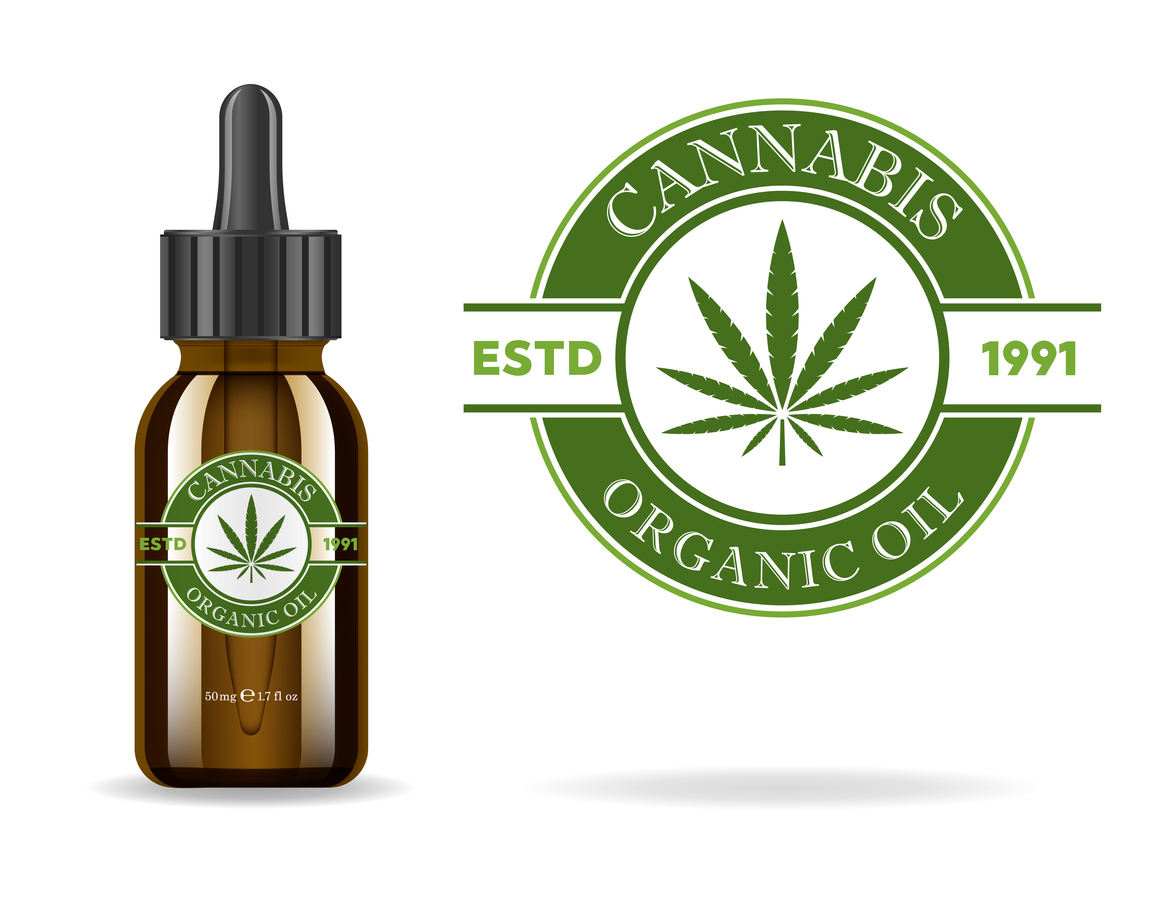Cannabis is a hot topic as sales have skyrocketed, with more states legalizing it either entirely or in part. The cannabis market, valued at 10.8 billion in 2021, is expected to grow at a compound annual growth rate (CAGR) of 14.9% from 2022 to 2030. This means the competition is high, and your dispensary labels are crucial for capturing customers’ attention and gaining market share.
At the time of this article, 33 states in the U.S. have fully legalized cannabis. While technically, cannabis and derived products are still illegal on a federal level, the federal government has chosen not to prosecute anyone who operates within state laws. However, the 2018 Farm Bill removed hemp from its list of controlled substances, making CBD oil with 0.3% delta-9 THC or less legal, although some local jurisdictions only allow broad-spectrum and isolate-based products.
Dispensary Labels Beyond the Legal Requirements
A recent post on medical marijuana labeling regulations provided tips on accurate labeling to comply with state laws. However, while compliance is critical to keep you out of legal trouble, the label must do more to make you profitable.
Research has long supported the theory that certain aspects of a label, whether that be color, texture, shape, typeface, or imagery, can influence buying decisions. Neuromarketing, coined in 2022, aims to apply neuropsychology to marketing by analyzing consumers’ responses to various marketing stimuli to understand their responses and purchasing decisions.
Avery Dennison, a manufacturer of label materials, conducted a study in partnership with Santa Rita Estates Winery and Mind Insights, a neuromarketing organization, to learn about consumer’s reactions to wine labels (current and new label) and label materials (coated, uncoated, premium, and textured). The study asked three questions. What are the emotional impacts automatically generated by the labels? To what extent do the labels automatically convey fundamental values? To what extent do the labels attract consumers’ attention?
In this study, rounded typefaces and visuals from the current label were preferred, which have been shown to have a more positive emotional response than angular patterns. For materials, premium and tactile label materials have a positive emotional response and premium feel but also, not surprisingly, feel more expensive. Matte litho and white gloss resulted in the lowest impact of premium look and feel. The study revealed that even small changes to a label, such as changing face stock, could significantly affect consumer perception. It is essential to remember that consumers’ unconscious responses to color, shape, and tactility can impact product perception and buying behavior.
Neuromarketing Considerations in the Cannabis Industry
Is marketing for cannabis products comparable to marketing for wine? While the psychology and emotional impact of the labels may be similar, there are elements specific to cannabis that may make a consumer choose one product over another. A study by New Frontier Data looked at why consumers would choose one cannabis product brand over another. Twenty-eight percent felt branding and packaging were very or extremely important when making a purchasing decision. While the design did have an impact, more than half were looking for words describing the product’s effect, such as sleep, energy, chill, or create.
The study also showed consumers seem to take comfort in what they know (which may have been why consumers in the wine study chose the current label as a favorite). In this study, nearly two-thirds always or sometimes look for their preferred cannabis flower (compared to other forms). However, more than half would buy an unfamiliar strain from a favorite brand before purchasing a familiar strain from an unknown brand.
As part of the study, cannabis users were given various faux brand designs to describe and rank. They segregated the respondents into different archetypes depending on factors such as how often they use, what they use, and reasons for use.
• A prescription-like minimalist white jar was most preferred (36%) overall, with archetypes legacy lifestylers (frequent users who use it primarily to unwind), holistic healers (infrequent medicinal users), and infrequent partakers (extremely infrequent, recreational use) preferring it by 40%. It was described as medicinal, authentic, and natural.
• A black minimalist jar, described as cool, modern, and masculine, was preferred by more men, social nibblers (infrequent, recreational users) and modern medicinal (frequent users primarily for pain) archetypes.
• A hippy-ish jar with bright swirly colors, described as cool, authentic, and modern, was preferred by those described as legacy lifestylers.
• A gold jar with simple graphics described as cool, natural, and modern was more likely to be preferred by holistic healers and infrequent partakers archetypes. While it was looked at as more feminine, it was liked by slightly more men. Those over 55 were twice as likely to prefer it than younger consumers.
• A Kraft paper jar was described as natural, authentic, and cool but wasn’t liked as much by those using cannabis for wellness. Savvy connoisseur archetype (extremely frequent consumers, medicinal and recreational use of all forms) preferred it.
• A mountain landscape jar preferred by younger consumers and engaged explorer archetype (frequently used recreationally to unwind, mostly vapes and concentrates) was described as cool, natural, and authentic.
It becomes clear that designing a label that resonates with the consumer can be complex. The marketer will need to understand their specific target market and then be able to creatively take color, typeface, words, and textures and translate that into meanings and feelings the consumer is looking for.
Drive Sales With Dispensary Labels from DRG Technologies
When you partner with us, you get more than high-quality dispensary labels. We help our customers decrease costs and mitigate quality and supply chain risks through our consultative approach, vast capabilities, and vendor-managed inventory (VMI).
Let us help you grow your bottom line; contact us today to get started.

